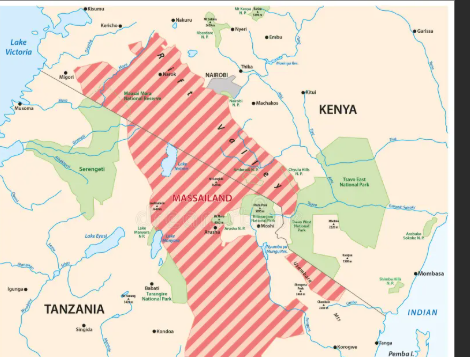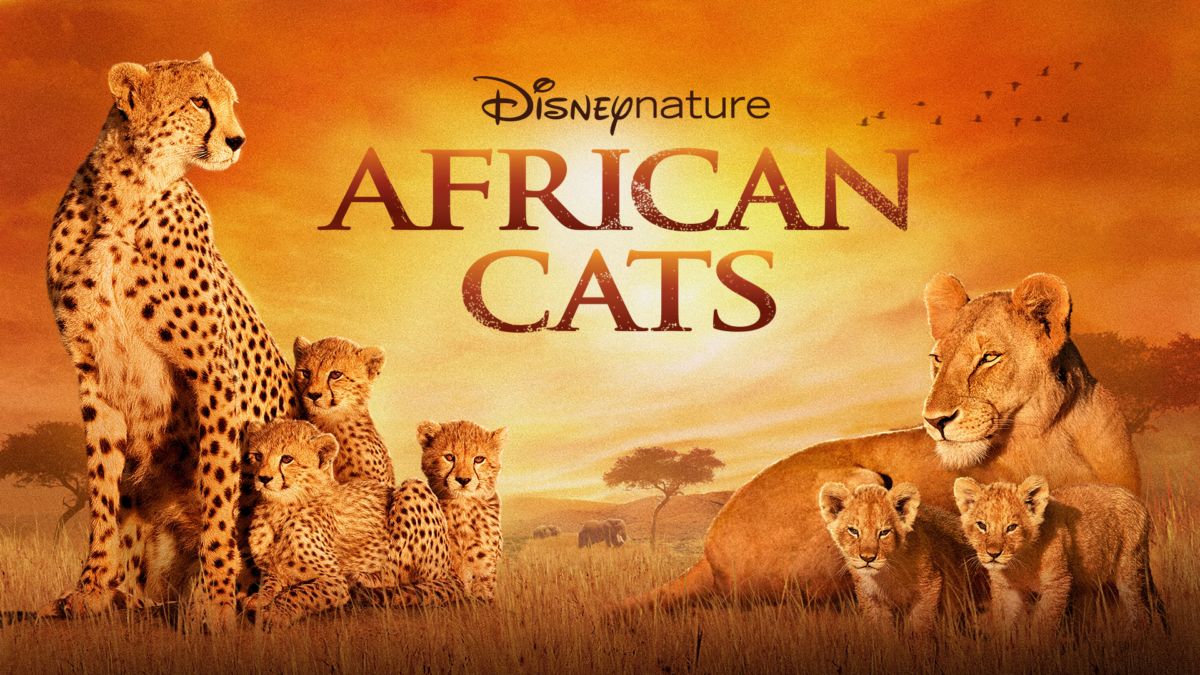Maasai Mara: Origins & History


About the Maasai Mara
The words ‘Maasai Mara’ come from ‘Maasai’ and ‘Mara’ in the Maa language, meaning ‘spotted,’ referring to the dotted savanna landscape.
Established in 1961, the Maasai Mara National Reserve covers about 1,510 km² of ancestral Maasai land in southwestern Kenya. It forms part of the greater Mara-Serengeti ecosystem, hosting the world-famous Great Wildebeest Migration.
The Great Wildebeest Migration
Every year, over 1.5 million wildebeests travel in a massive loop between Tanzania’s Serengeti National Park and Kenya’s Mara Game Reserve. Along the way, they face predators like lions and crocodiles and cross rivers such as the Mara River.
History Timeline
By the way, did you watch African Cats (2011)? It was set in the Maasai Mara and is on Netflix!

This Disney Nature documentary, narrated by Samuel L. Jackson, follows Mara (lion cub), Layla (lioness), Sita (mother cheetah), and Fang (male lion) as they navigate survival and family life on the savanna.